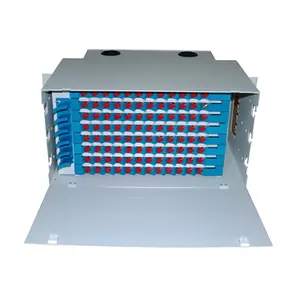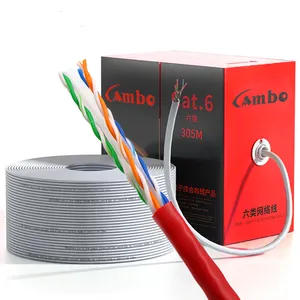Popular in your industry







































































Top categories
About odf ddf mdf
Understanding ODF DDF MDF in Telecommunications
Optical Distribution Frames (ODF), Digital Distribution Frames (DDF), and Main Distribution Frames (MDF) are integral components in the telecommunications infrastructure. These systems serve as the backbone for managing cable networks, ensuring effective connection, distribution, and organization of fiber optic cables and copper wires.
Types and Applications of ODF DDF MDF
ODF units are primarily used in fiber optic networks, providing a centralized point to connect and manage fiber optic cables and the optical equipment. DDF is utilized in digital signal transmission, offering a structured system for routing and connecting wires. MDF, the oldest of the trio, is a copper wire management system, typically used in telephone systems to connect subscriber lines to internal networks.
Features of ODF DDF MDF Systems
Each system boasts features tailored to its specific medium. ODF systems often include features like splice trays and adapter panels, while DDF systems provide clear labeling and effective cable management for digital signals. MDF systems are robust and designed for easy access and maintenance of copper wire connections.
Materials and Construction
The construction of ODF DDF MDF systems involves durable materials capable of withstanding the physical environment of network infrastructures. High-grade metals, engineered plastics, and tempered glass are commonly used to ensure longevity and reliability.
Advantages of Using ODF DDF MDF
Utilizing ODF DDF MDF systems in network infrastructure brings several advantages, including improved cable organization, enhanced signal integrity, and easier maintenance. These systems also allow for scalability, accommodating network growth and technological advancements.
Choosing the Right ODF DDF MDF Solution
Selecting the appropriate ODF DDF MDF system depends on the specific needs of a telecommunications network. Factors such as capacity, scalability, and compatibility with existing equipment should be considered to ensure a seamless integration into the network infrastructure.






















